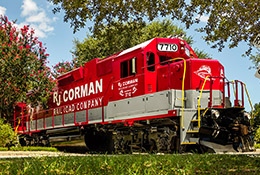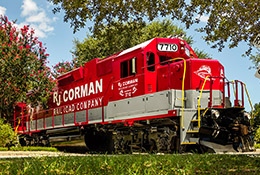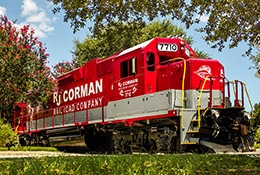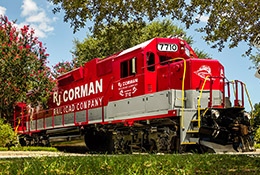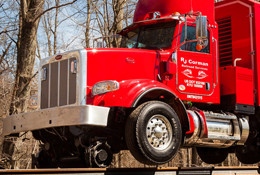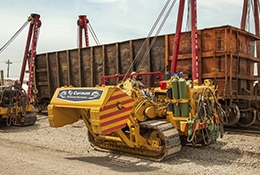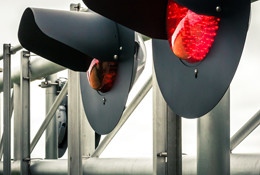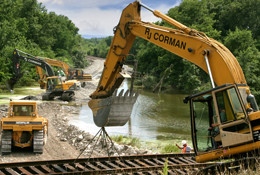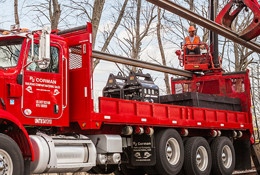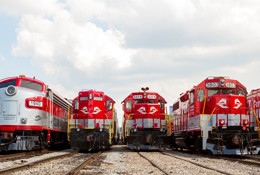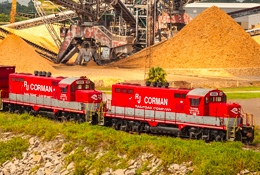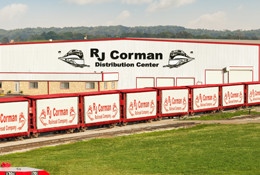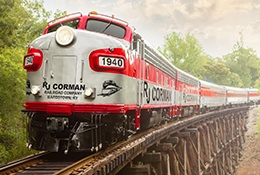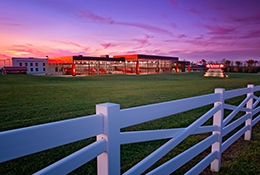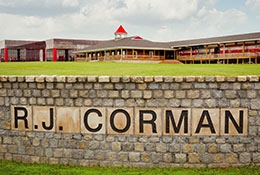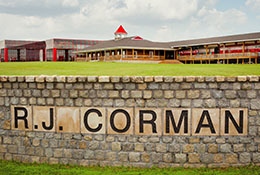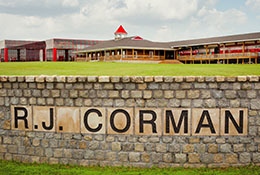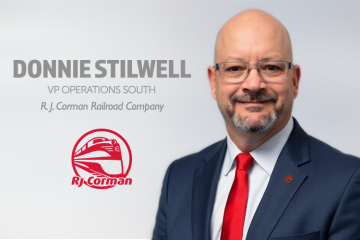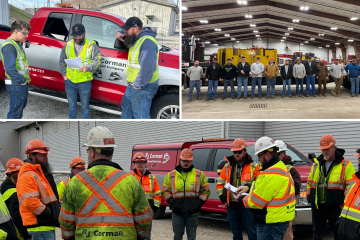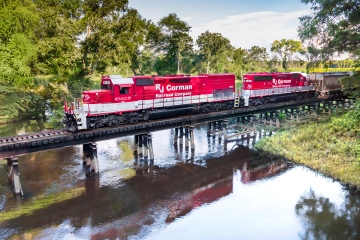October 4, 2017
ASLRRA’s Darr Testifies in Support of Infrastructure Needs of Short Line Railroads
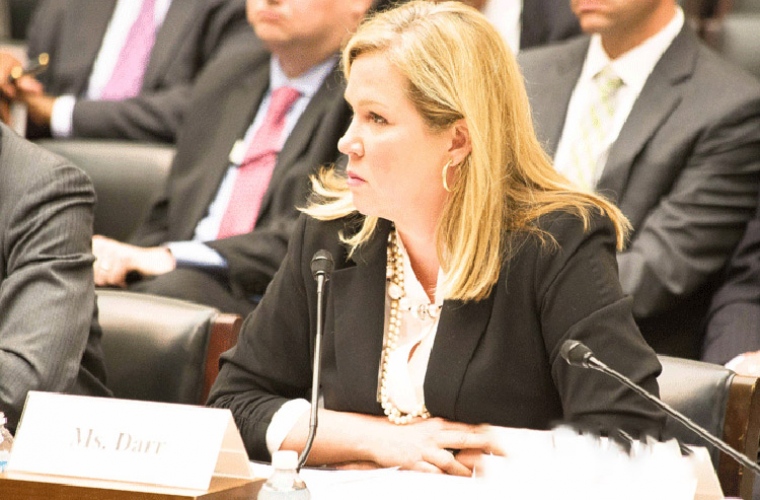
We are grateful for our ASLRRA leadership for representing our industry before the House Committee for Transportation and Infrastructure. Read the following article from the ASLRRA website.
WASHINGTON, DC – On behalf of the American Short Line and Regional Railroad Association’s (ASLRRA) nearly 1,000 small business railroad and supplier members, Linda Bauer Darr today participated in a hearing before the House Committee on Transportation and Infrastructure, Subcommittee on Railroads, Pipelines, and Hazardous Materials in support of the infrastructure needs of small business railroads.
“While there is a realization that an appropriately sized infrastructure package must contain both federal spending and private investment, there is disagreement as to what it takes to draw out that private investment. There is also considerable concern that the kind of projects that will attract private capital are not feasible in rural America,” shared Darr, President of ASLRRA.
“We support programs such as TIGER and INFRA. And we are particularly hopeful Congress will fund the CRISI program which has a rural set aside that will benefit short line railroads. But given the opportunity to testify, I am here to say that the 45G short line railroad rehabilitation tax credit is the most economical and effective way to maximize investment in our portion of the national rail system,” Darr continued.
Small business railroads are widely credited with bringing a considerable number of freight rail miles back to life after being on the brink of abandonment. Short lines operate 47,500 miles of track, much of it in rural areas, keeping towns connected to the U.S. economy, and jobs local. Short lines invest on average from 25 to 33 percent of annual revenues in rehabilitating their infrastructure. This makes short line railroading one of the most capital-intensive industries in the country. Without infrastructure upgrades, short line customers would face competitive disadvantages due to short lines’ inability to handle the modern, heavier-weight 286,000-pound freight cars increasingly utilized by their Class I connections. Thus, short lines are acutely interested in the transportation investment solutions being considered.
Darr explained that the matching dollars spent to secure the 45G short line tax credit are private dollars going directly into track rehabilitation. The tax credit dollars themselves are not a grant, it is money that the railroads earned. Rather than making a round trip through the government they are using it to increase direct investment in their infrastructure.
And by virtue of the railroads’ locations, the majority of short line rehabilitation spending occurs in rural and small town America. These less dense areas will not provide enough business to attract private equity for toll roads or mass transit projects. But these areas are deeply dependent on efficient and competitive short line freight railroad service and the short line tax credit guarantees that investment will be made in those areas.
Finally, 45G has clearly been demonstrated to work. This is not an unproven idea, it is a proven process that absolutely facilitates additional infrastructure investments with no need for additional federal administrative resources. It allows those that understand their infrastructure needs the best, the short line railroads themselves, to decide where the next dollars of investment can be made most efficiently and effectively.
Darr noted that as of today, “the short line rehabilitation tax credit legislation enjoys one of the largest number of bipartisan co-sponsors in Congress – 247 in the House for H.R.721 and 55 in the Senate for S.407. In the Senate, it has more co-sponsors than any other tax bill and in the House, it is one of the three most co-sponsored tax bills. At a time when there is so much about which Republicans and Democrats disagree, shouldn’t we jump at the opportunity to act when both sides agree?”

